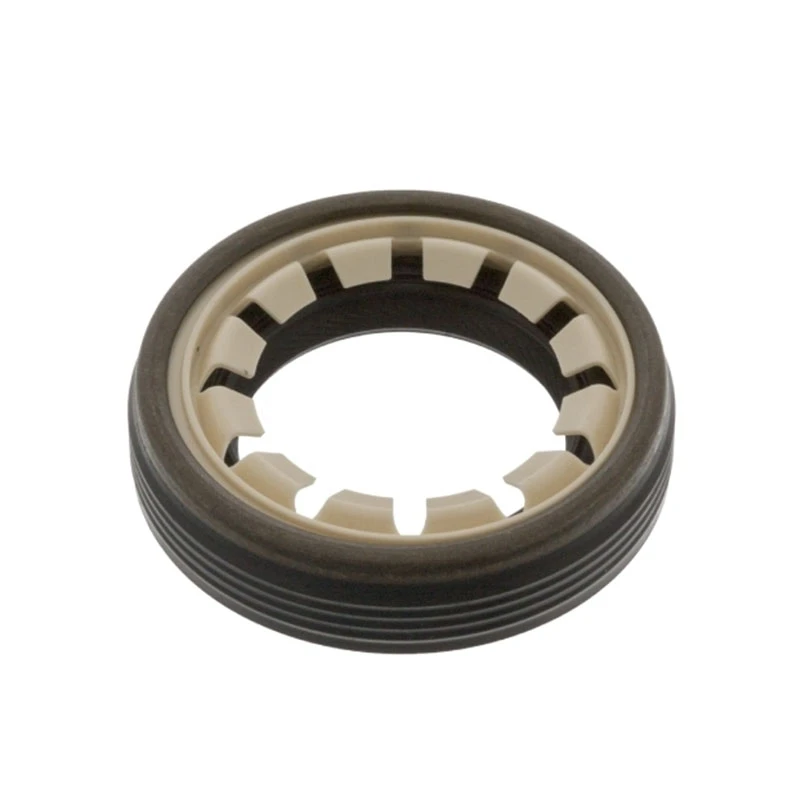Understanding Trailer Bearings and Seals for Optimal Performance and Safety
Understanding Trailer Bearings and Seals An Essential Guide for Trailer Owners
When it comes to maintaining your trailer, one crucial aspect that often gets overlooked is the importance of trailer bearings and seals. Whether you’re transporting goods, towing boats, or hauling equipment, understanding how these components function can help ensure a smooth journey and extend the lifespan of your trailer.
What Are Trailer Bearings?
Trailer bearings are essential components that allow the wheels of a trailer to rotate smoothly. They are typically located within the wheel hub and serve to reduce friction between the wheel and axle. Bearings come in various types, including roller bearings and ball bearings, each designed to support different loads and provide specific performance characteristics.
Properly functioning bearings reduce heat buildup and wear, which are common issues that can lead to premature failure. Regular inspections of the bearings can help identify signs of wear, such as unusual noises or rough spinning, which may indicate that it's time for maintenance or replacement.
The Role of Seals
Seals are another vital element of your trailer's wheel assembly. They are designed to keep contaminants—such as dirt, water, and dust—out of the bearings while retaining the necessary grease or lubricant inside. This protective barrier ensures the bearings function correctly and have a longer lifespan.
There are two main types of seals lip seals and mechanical seals. Lip seals are most common and use a flexible lip to maintain contact with the axle, preventing leakage. Mechanical seals are more sophisticated and provide a higher level of protection, though they are typically found in more specialized applications.
Maintenance Tips
trailer bearings and seals

To keep your trailer bearings and seals in excellent condition, regular maintenance is essential
1. Inspect Regularly Check your trailer's wheel bearings and seals during routine maintenance. Look for signs of wear, such as leakage around the seals or excessive play in the wheel.
2. Grease the Bearings Proper lubrication is key. Ensure that you grease the bearings regularly, following the manufacturer’s recommendations. This helps to reduce friction and prevent overheating.
3. Replace Worn Components If you notice any damage to the bearings or seals, it’s crucial to replace them immediately. Operating a trailer with faulty bearings or seals can lead to more severe problems, including complete bearing failure and potential accidents.
4. Check for Contamination When inspecting your trailer, look for any signs of dirt or debris that may have compromised the seals. Keeping the seals in good condition is paramount for the health of the bearings.
5. Monitor Tire Wear Uneven tire wear can sometimes be a sign of bearing issues. Keeping an eye on your tires can help you catch bearing problems early.
Conclusion
In summary, trailer bearings and seals may not be the most glamorous aspect of trailer maintenance, but they are essential for safe and efficient operation. Understanding their function, conducting regular inspections, and adhering to maintenance practices can prevent costly repairs and ensure that your trailer performs optimally. By being proactive, you can keep your trailer on the road and avoid unexpected breakdowns, making your journeys safer and more enjoyable. Whether you are a weekend warrior or a professional hauler, taking care of these components should be a top priority.
-
Simplifying Oil Changes: A Comprehensive Guide to Oil Drain Plugs and Their Variants
News Aug.04,2025
-
Mastering Oil Drain Maintenance: Solutions for Stripped, Worn, and Upgraded Oil Plugs
News Aug.04,2025
-
Fixing Oil Pan Plug Issues: Leaks, Stripped Nuts, and the Right Replacement Solutions
News Aug.04,2025
-
Everything You Need to Know About Oil Drain Plugs: Sizes, Fixes, and Upgrades
News Aug.04,2025
-
Choosing the Right Oil Drain Plug: A Guide to Sizes, Materials, and Drain Innovations
News Aug.04,2025
-
A Complete Guide to Automotive Drain Plugs: Types, Problems, and Innovative Solutions
News Aug.04,2025
-
The Ultimate Guide to Car Repair Kits: Tools and Essentials Every Driver Should Own
News Aug.01,2025
Products categories















